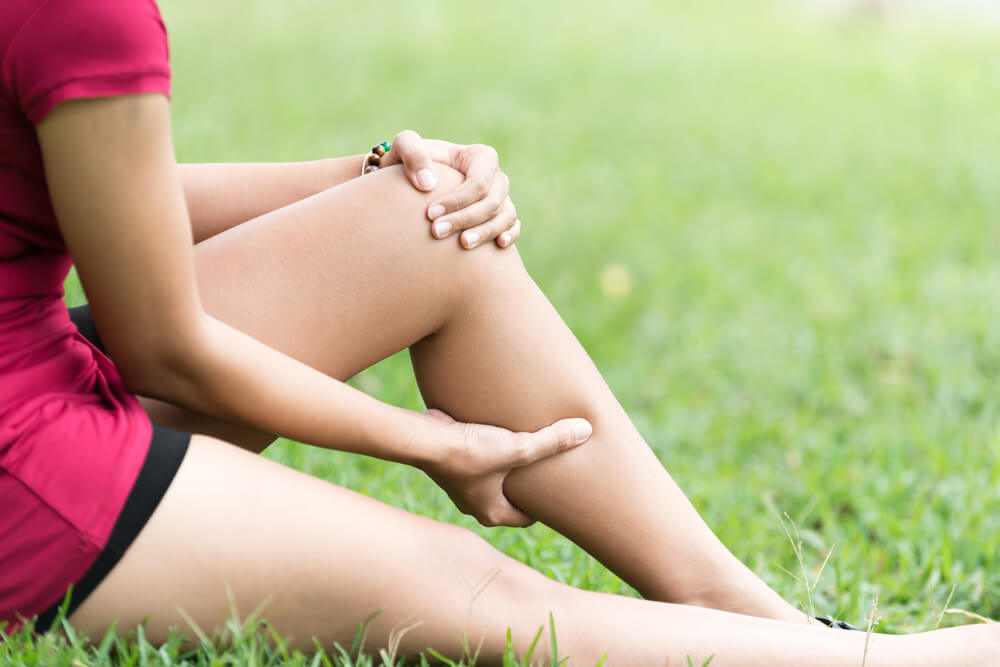The answer to this question is that many of the normal activities that you do every day could trigger pain in your knee and calf. However, a physical therapist can help you learn which movements or activities are causing your pain.
This combination of pain is especially common if you play sports, and it’s estimated that about 1 calf injury occurs during every 100 hours of soccer played. Understanding the source of your pain is vital to treating it effectively. The deep knowledge that physical therapists have of the musculoskeletal system allows them to help determine the source of your pain, and these specialists can also help you find effective treatment for your knee and calf pain.
Five common activities that can lead to knee and calf pain
One of the most common calf injuries is a strain of the medial gastrocnemius muscle near the back of your knee. This injury can lead to pain that radiates into the knee or down the lower leg. It can also cause swelling and bruising along the length of your calf. Some activities you may be doing that can cause such an injury are:
- Playing sports — Activities like football, soccer and rugby require players to change direction suddenly. The knees and calf muscles are placed under a lot of strain during directional changes, and the stress can lead to a calf muscle being strained.
- Running — The knee and calf muscles also help absorb the shock of your feet striking the ground. This shock increases when you’re running, and can easily lead to an injury in your calf.
- Cycling — Cyclists use their leg muscles, including their calf muscles, to push the pedals. Excessive strain from pushing up a hill or over rough terrain can overstress the calf muscles. In turn, this could lead to a painful muscle strain.
How can physical therapists help treat your knee and calf pain?
After determining the source of your pain, a physical therapist can work to treat your injury and symptoms. A few of the therapy methods your therapist may choose to use include:
- Sport-specific therapy
- Myofascial release
- Therapeutic exercises
- Dry needling
- Instrument-assisted soft tissue mobilization (IASTM)
- Joint mobilization
- Anodyne® therapy
- Aquatic therapy
Find treatment for your knee and calf pain at Peak Performance
Ready to get effective treatment for your knee and calf pain? Our team at Peak Performance Sports and Physical Therapy are primed to help you find the effective care you need. We offer free screenings that can help pinpoint the source of your pain. Our physical therapists also excel at constructing personalized therapy plans designed to reduce pain and prevent future injuries. You can even get help from home by signing up for a virtual therapy session with one of our therapists.
Contact us today for more information about how we can treat your pain or to schedule an initial appointment.







